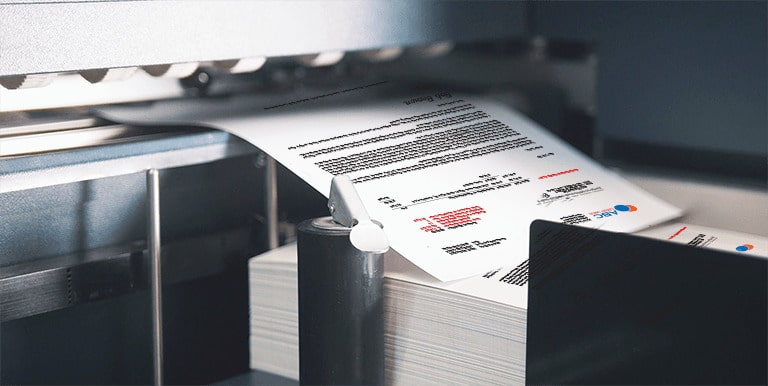The BBC is a global leader in journalism, known for its balanced reporting and in-depth analysis. But what most people don’t see is the intricate and dynamic world that exists behind the scenes at BBC Europe. From the moment a story breaks to the time it reaches viewers, there’s a dedicated team of reporters, editors, producers, and technicians working tirelessly to ensure that every report is accurate, timely, and engaging. This behind-the-scenes look gives us a deeper understanding of the process that turns raw information into the polished news we consume daily.
Closer Look at BBC Reports: Where It All Begins
Every news report starts with a tip or a lead. At BBC Europe, the newsroom is always abuzz with chatter about emerging stories, breaking news, and developing events across the continent. Journalists continuously monitor multiple sources, from social media to local news agencies, to ensure they don’t miss anything crucial. Once a story is flagged, it moves through various editorial layers.
Reporters assigned to the story conduct research, interview relevant parties, and gather facts to present a balanced view. What makes a closer look at BBC reports so fascinating is the attention to detail—whether it’s verifying the smallest fact or considering the broader geopolitical context. Every piece of information is scrutinized and double-checked before it goes live.
Insight into BBC Operations: Collaboration is Key
One of the most impressive aspects of BBC Europe is the level of collaboration that takes place within the organization. From the editorial team to the technical crew, everyone plays a critical role in delivering high-quality news. Journalists often work in tandem with foreign correspondents based in different countries to get real-time updates on key events. For example, during an election in a European nation, reporters on the ground will feed live updates to the newsroom, where editors and producers shape the content into a coherent and insightful report.
The production team, including camera operators, sound engineers, and editors, also works at lightning speed to piece together footage, sound bites, and interviews. It’s not just about gathering information, but also presenting it in a way that is compelling to viewers. The visuals and the narrative must be aligned, ensuring the audience understands both the facts and the broader context of a story.
This high level of coordination ensures that no detail is overlooked. Each department relies on the others, and the end product—a seamless, engaging news report—owes its success to this intricate teamwork. Insight into BBC operations reveals a finely tuned machine where the smallest part plays a significant role in the overall output.
What Happens Behind the News: The Human Element
While the BBC is synonymous with professionalism, there is a deeply human element to what happens behind the news. The reporters and correspondents are not just gathering facts—they are often working in high-pressure, fast-paced environments, sometimes in challenging or even dangerous conditions. Whether it’s covering a political protest, a natural disaster, or a heated parliamentary debate, the BBC’s teams are often at the center of unfolding events.
Many of the correspondents and journalists at BBC Europe have built their careers on covering complex stories, offering unique perspectives that go beyond surface-level reporting. Their passion for the truth and their dedication to responsible journalism is evident in every segment that airs. These professionals understand the importance of getting the story right, not just quickly, and they often spend long hours researching, writing, and editing to make sure the final product upholds the BBC’s high standards.
Meanwhile, the behind-the-scenes crew often faces technical challenges. Live broadcasts, especially, are a mix of planning and improvisation. From managing satellite links to troubleshooting audio issues, the technical teams work behind the curtain, ensuring that the audience never experiences a disruption. It’s their quick thinking and expertise that keep the broadcasts running smoothly, even under difficult conditions.
Adapting to the Digital Age
As the media landscape continues to evolve, BBC Europe has embraced new technology and platforms to keep pace with changing viewer habits. While traditional TV broadcasts remain a core part of the operation, much of the focus has shifted to digital platforms, social media, and podcasts. This transformation requires constant adaptation by the behind-the-scenes teams, who must now think about how to optimize content for different platforms. Whether it’s a 30-second video clip for Twitter or a long-form podcast, the goal is the same: delivering news that is factual, engaging, and relevant.
This shift to digital has also added new layers of complexity to BBC’s operations. Teams now have to monitor real-time feedback on social media and adjust their coverage accordingly. In this new era, the newsroom is no longer a one-way street but an interactive dialogue between reporters and the audience. This means that BBC Europe’s journalists are more connected than ever to their viewers, responding to questions, feedback, and even criticism in real-time.
Conclusion
The world of news might appear polished and seamless when viewed on TV or online, but what happens behind the scenes at BBC Europe is a testament to hard work, dedication, and collaboration. From the initial spark of a story to the final edit, a complex series of processes ensures that every report is accurate, engaging, and relevant.
By offering this closer look at BBC reports, we get a glimpse into the professionalism and commitment that drives the news we trust. From the newsroom’s hustle to the technical team’s precision, every cog in the machine works together to deliver stories that inform, educate, and often inspire.




